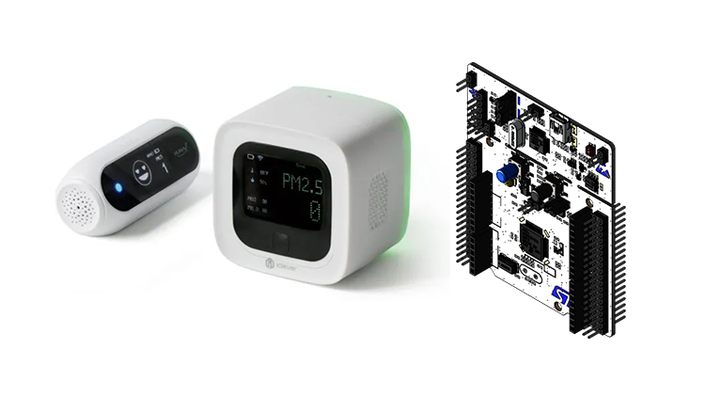
Environmental Sensing Drivers: A Bare-Metal Approach
Imagine a world where your home automatically adjusts its temperature and humidity for optimal comfort, where the air quality is continuously monitored and purified, where smart irrigation systems ensure your garden is always perfectly watered, and where light intensity is managed seamlessly for energy efficiency.
This is the future of smart homes, IoT, and AI-driven environments—a future built on the bedrock of advanced environmental sensing.
Welcome to our course on Environmental Sensing Drivers, where you'll learn to master the creation of bare-metal drivers for a variety of critical environmental sensors.
This course provides the hands-on, practical knowledge that will elevate your skills and prepare you to be at the forefront of modern sensing technology.
Course Outline
- Importance of Environmental Sensing: Discover how environmental sensing is revolutionizing industries, from smart homes to agriculture.
- What Can Be Sensed? Explore the myriad of environmental parameters that can be measured and monitored.
- Sensors vs. Transducers: Learn the difference and importance of these essential components
Module 2: Air Quality Sensing
- Introduction to Air Quality Sensors: Understand the importance of monitoring and maintaining air quality.
- Overview of SGP30 eCO2 Detector: Explore the features and functionalities of the SGP30 sensor.
- Interfacing and Reading Data from SGP30: Learn to extract accurate data from the SGP30 sensor.
- Understanding the Data Format: Decode the sensor's data output.
- Writing the Driver Code: Write robust driver code for the SGP30 sensor.
- Data Interpretation: Techniques for interpreting air quality data.
- Case Study: Indoor Air Quality Monitoring System: Develop a system to monitor and improve indoor air quality.
- Overview of DHT11 Sensor: Get to know the capabilities and specifications of the DHT11 sensor.
- Interfacing and Reading Data from DHT11: Step-by-step guide to integrating the DHT11 sensor into your projects.
- Understanding the Data Format: Learn to decode the data provided by the sensor.
- Writing the Driver Code: Develop efficient driver code for the DHT11 sensor.
- Case Study: Real-Time Temperature and Humidity Monitoring System
Module 4: Pressure and Altitude Sensing
- Overview of GY-BME280 Sensor: Detailed exploration of the GY-BME280 sensor's capabilities.
- Interfacing and Reading Data from GY-BME280: Learn to interface with and read data from the sensor.
- Understanding the Data Format: Understand how to interpret the data provided by the sensor.
- Writing the Driver Code: Develop driver code for the GY-BME280 sensor.
Module 5: Soil Moisture Sensing
- Overview of Moisture Sensor Hygrometer: Explore the features and applications of the Moisture Sensor Hygrometer.
- Interfacing and Reading Data from Moisture Sensor
- Understanding the Data Format: Learn to interpret the moisture data format.
- Writing the Driver Code: Write efficient driver code for the Moisture Sensor Hygrometer.
- Case Study: Automated Irrigation System: Develop a smart irrigation system to optimize water usage.
- Overview of BH1750 Digital Light Intensity Sensor: Get to know the capabilities of the BH1750 sensor.
- Interfacing and Reading Data from BH1750: Learn to interface with and read data from the BH1750.
- Understanding the Data Format: Decode the light intensity data format.
- Writing the Driver Code: Develop robust driver code for the BH1750 sensor.
Enroll Now
Your Instructor
EmbeddedExpertIO represents a vibrant collective dedicated to the mastery of sophisticated embedded systems software development for professionals.
Our core objective is to equip individuals and organizations with the indispensable skills to thrive in the swiftly evolving embedded systems sector. We achieve this by providing immersive, hands-on education under the guidance of seasoned industry specialists. Our ambition is to emerge as the favored learning platform for embedded systems development professionals across the globe.
